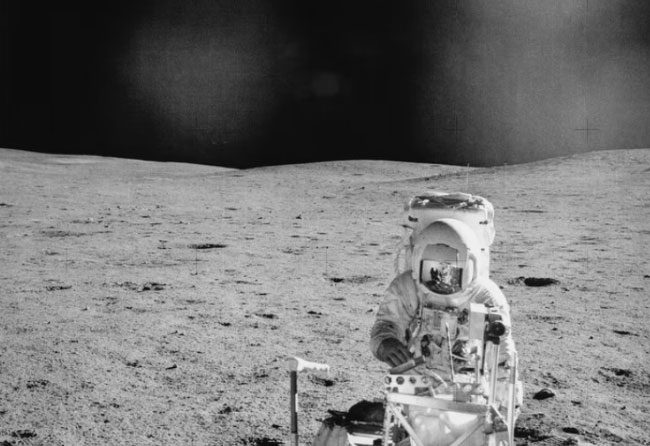According to plans, NASA will send two strains of yeast to a mini CubeSat satellite to accompany the mission to the Moon – Artemis 1. What do they aim to achieve?
Cosmic radiation remains a significant hazard for space explorers: the invisible bombardment of high-energy heavy atomic particles from solar flares and supernovae can cause harm to the human body.

NASA uses yeast to study cosmic radiation
Unfortunately, cosmic radiation is difficult to replicate in a laboratory. This makes researching its harmful effects a challenge.
According to Inverse, in an effort to find ways to cope with cosmic radiation, scientists from the National Aeronautics and Space Administration (NASA) have launched a study called “BioSentinel Mission.”
They will place two strains of yeast (known as Saccharomyces cerevisiae), including one robust strain and one sensitive strain, into a mini CubeSat satellite to accompany the Artemis 1 mission to the Moon.
After arriving at the Moon, expected at the end of 2022, the satellite carrying BioSentinel will detach and fly past the Moon to orbit the Sun.

BioSentinel placed in CubeSat – a small satellite the size of a cereal box – will detach from the Artemis 1 mission rocket upon reaching the Moon – (Photo: GETTY)
The Artemis 1 mission is expected to last about three weeks in orbit, but the CubeSat and BioSentinel will remain in space longer, approximately six months. Scientists will be able to remotely control the activities of the yeast and accompanying experiments within the CubeSat satellite.
Yeast – a single-celled organism – has similarities to the human body. This type of yeast can repair DNA damage – a major consequence of radiation – in a manner similar to how human cells function.
NASA hopes that the yeast in space will reveal new information about how cosmic radiation may affect their astronauts, helping them find ways for humans to travel in space for longer durations.


















































